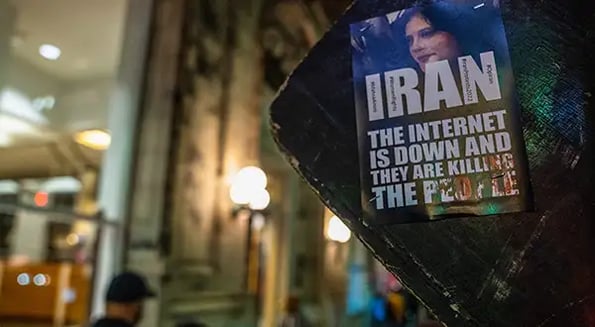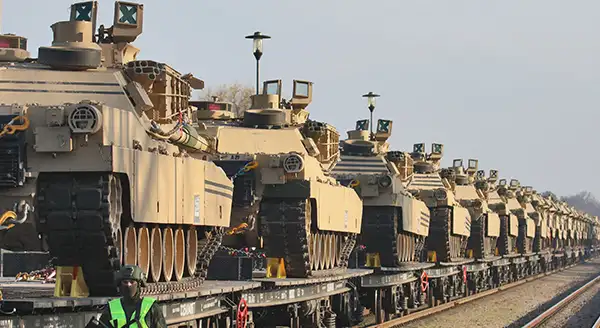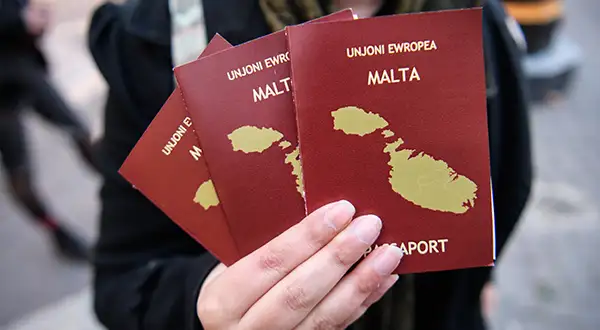A deadly situation in Iran has resulted in internet blackouts for its 80m+ citizens, leaving the US government and private companies scrambling to get Iranians back online.

What happened?
Mahsa Amini, 22, died in police custody on Sept. 16, three days after she was arrested by Iran’s morality police for allegedly not wearing her hijab properly.
Authorities claim she died of a heart attack, but her family alleges she was beaten by police. Since then:
- At least 41 people have since died amid widespread protests, per The Guardian.
- The Iranian government has restricted internet access and social media platforms, which it also did amid deadly protests over fuel prices in 2019.
The latter means that citizens can’t communicate or document what’s happening.
How sanctions come into play
US sanctions on Iran have restricted internet services to personal communication, such as blogging, social networking, or messaging apps, per The Washington Post.
This has limited Iranians’ access to new tech, per Iran analyst Holly Dagres, actually making it easier for authorities to shut down services during unrest.
So, last week…
… the US Treasury Department issued an updated license allowing US tech companies to expand services and platforms.
Elon Musk’s SpaceX also activated its Starlink service in Iran, though some are concerned about the thousands of smuggled terminals it would require.
And Signal has asked the public to help set up proxy servers to help Iranians reconnect to its messaging app.
BTW: Internet watchdog NetBlocks has been monitoring internet access, which you can follow and see in its pinned post here.










